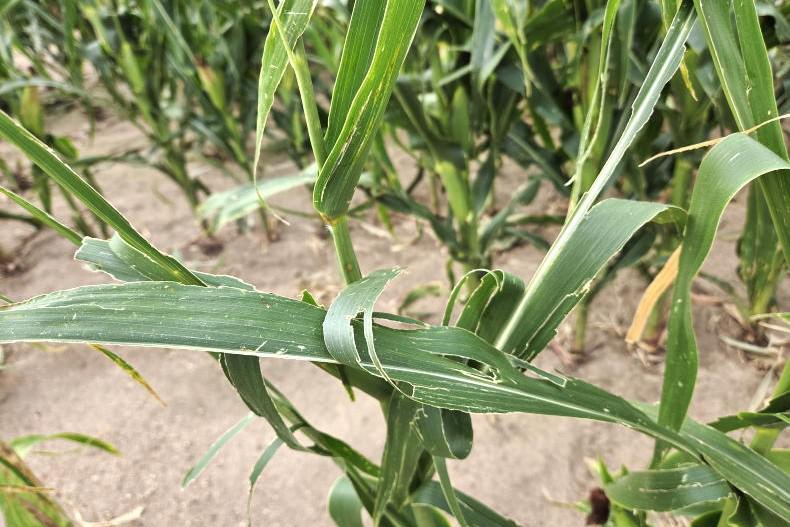Benchmarking the farm every January is a worthwhile exercise, as it charts the progress of a business and highlights the costs of farming.
Benchmarking - or a profit monitor - can be produced through a farm advisory service and breaks down the cost of keeping costs of producing 1kg of beef on farm.
This info is extremely helpful should there be investment plans in 2024 that will require bank borrowings. Outlined is the information required to benchmark the farm each year.
1. Stock inventory
How many cattle were on farm at the start and finish of 2023?
Split animals into breeding cows, replacement heifers, calves, weanlings and stores. These figures can be worked out manually or by using a herd list through the Department of Agriculture.
2. Cattle sales and purchases
Tally up the number of cattle sold and purchased in 2023, along with the income generated and money spent.
Tally up sale weights and purchase weights to get an average price per kilo.
3. Variable costs
Variable costs are the inputs that change from month to month or year to year and are linked to the size of farming enterprise, such as fertiliser, meal, vet and animal health costs, AI fees, etc.
When it comes to tallying up things such as fertiliser or meal, again it is worthwhile making a note of the tonnage used every year.
This will give a handle on kilos fed per animal, average price per tonne and whether or not the physical quantity is increasing or decreasing.
4. Fixed costs
Fixed costs are expenses the farm has each year, regardless of how many cattle are owned or type of farming enterprise.
They include things such as electricity, machinery operating costs and repairs, building repairs, insurance and any repayments on bank loans.
5. Direct payments
Direct payments such as BPS, SCEP or any environmental payments, will also need to be factored into the benchmarking exercise.
But, ideally, keep these payments as a separate category, making it possible to see how much money the farm made or lost before such payments.
When all sales and purchases are accounted for, the balance will give a net margin for the farm. This can be expressed as a single monetary value or divided across the number of cows or hectares farmed.
Read more
Claas gives a glimpse into its futuristic cabs
Exclusive: weanling bull prices surge by €120/head
Benchmarking the farm every January is a worthwhile exercise, as it charts the progress of a business and highlights the costs of farming.
Benchmarking - or a profit monitor - can be produced through a farm advisory service and breaks down the cost of keeping costs of producing 1kg of beef on farm.
This info is extremely helpful should there be investment plans in 2024 that will require bank borrowings. Outlined is the information required to benchmark the farm each year.
1. Stock inventory
How many cattle were on farm at the start and finish of 2023?
Split animals into breeding cows, replacement heifers, calves, weanlings and stores. These figures can be worked out manually or by using a herd list through the Department of Agriculture.
2. Cattle sales and purchases
Tally up the number of cattle sold and purchased in 2023, along with the income generated and money spent.
Tally up sale weights and purchase weights to get an average price per kilo.
3. Variable costs
Variable costs are the inputs that change from month to month or year to year and are linked to the size of farming enterprise, such as fertiliser, meal, vet and animal health costs, AI fees, etc.
When it comes to tallying up things such as fertiliser or meal, again it is worthwhile making a note of the tonnage used every year.
This will give a handle on kilos fed per animal, average price per tonne and whether or not the physical quantity is increasing or decreasing.
4. Fixed costs
Fixed costs are expenses the farm has each year, regardless of how many cattle are owned or type of farming enterprise.
They include things such as electricity, machinery operating costs and repairs, building repairs, insurance and any repayments on bank loans.
5. Direct payments
Direct payments such as BPS, SCEP or any environmental payments, will also need to be factored into the benchmarking exercise.
But, ideally, keep these payments as a separate category, making it possible to see how much money the farm made or lost before such payments.
When all sales and purchases are accounted for, the balance will give a net margin for the farm. This can be expressed as a single monetary value or divided across the number of cows or hectares farmed.
Read more
Claas gives a glimpse into its futuristic cabs
Exclusive: weanling bull prices surge by €120/head










SHARING OPTIONS